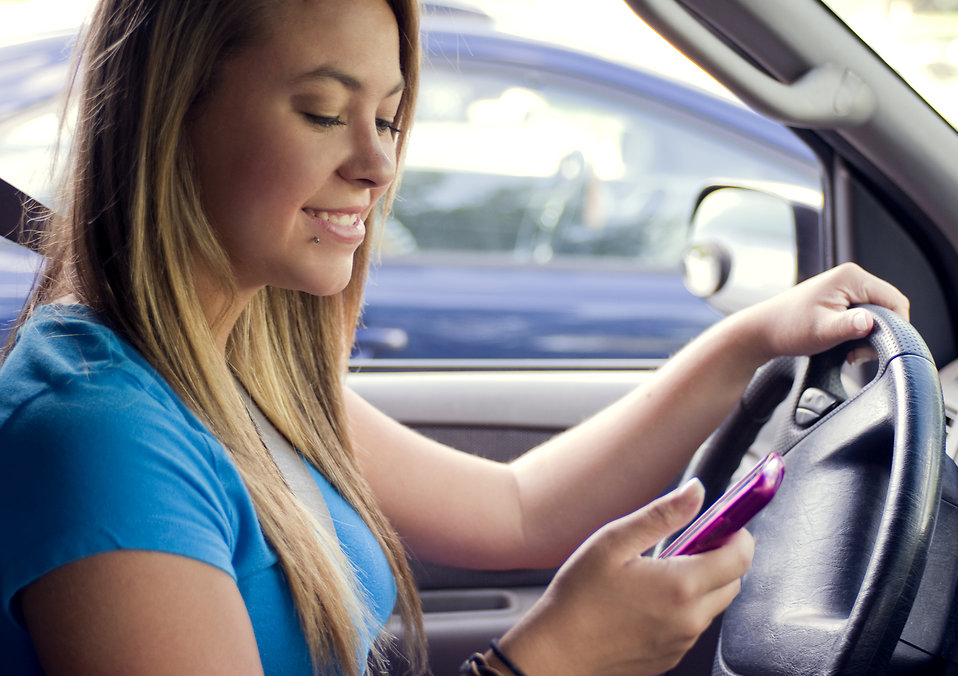 The fact that young drivers are particularly susceptible to distractions has been known for a long time, but up until now, no one has attempted to create a more specific profile of a person who is most likely to get distracted while behind the wheel. That’s exactly what researchers from the University of Texas Health Science Center at Houston School of Public Health tried to do when they conducted a study on the prevalence of cell phone use among drivers in Texas.
The fact that young drivers are particularly susceptible to distractions has been known for a long time, but up until now, no one has attempted to create a more specific profile of a person who is most likely to get distracted while behind the wheel. That’s exactly what researchers from the University of Texas Health Science Center at Houston School of Public Health tried to do when they conducted a study on the prevalence of cell phone use among drivers in Texas.
The study was conducted at medical campuses in Houston, Dallas, Austin, Brownsville, El Paso, and San Antonio, with researchers observing drivers at busy intersections near those campuses, focusing on several factors that can have an effect on the level of distraction, such as the presence of passengers in cars, as well as driver characteristics. It took them nearly three years, from 2011 to 2013, to collect enough data so that they can create a profile of the typical distracted driver.
They observed a total of 1,280 drivers, and found that drivers under 25 years of age 4.12 times more likely to use a cellphone behind the wheel than older drivers, and that female drivers tend to get distracted by cell phone use more than males, as they were found to be 1.63 times more likely to engage in this risky driving behavior. More specifically, women are more than 50% more likely to text, and 63% more likely to talk on the phone while driving than male drivers. What’s more, researchers discovered that the risk of getting distracted by texting or talking on a cell phone was higher for drivers who were alone in their vehicles.
These are some pretty important findings that can be of great help to law enforcement agencies as they try to tackle this serious traffic safety issue. “The data show us that females and younger drivers are most likely to use the phone while driving, which means that public safety campaigns could benefit from targeting those two groups,” said Day, who is also a member of the Michael & Susan Dell Center for Healthy Living at the School of Public Health.
Another significant finding from this study is that talking on the phone while driving dropped significantly between 2011 and 2013. From 20.5% when the research started, it fell to 16.4% about two years later. On the other hand, though, texting while driving increased from 6.4% in 2011 to 8.4% in 2013. This is a helpful detail, considering that texting is much more dangerous than talking on a phone, because it combines all three types of distraction: cognitive, visual and manual, taking a driver’s eyes off the road and hands of the wheel, and preventing them from focusing on driving-related tasks.